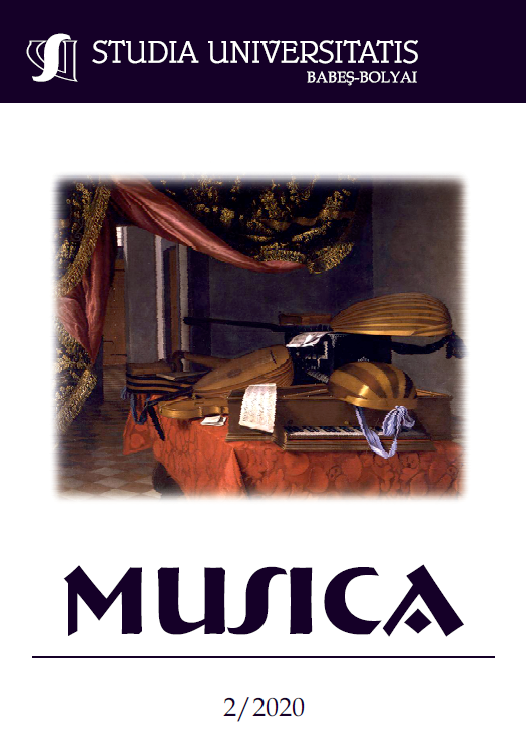DO ANDROIDS DREAM OF ELECTRIC SHEEP? OR ABOUT THE SENSE OF CULTURAL NOSTALGIA
DOI:
https://doi.org/10.24193/subbmusica.2020.2.05Keywords:
syncretism, Sacred, mythological, ritualistic, three modernisms and three modernities.Abstract
The evolution of the European musical culture took place in a flagrant contradiction with the traditional image of a simple succession of stylistic stages. Even if the linearity of the consecution of Antiquity, Middle Ages, Renaissance, Baroque, Viennese Classicism, Romanticism, Modernism and Postmodernism is only too obvious, the nature and logic of the transformations are related to the determining referentiality of the syncretic principle. But, unlike the Enlightenment conception of linear progress, applicable rather to the technological and, in general, scientific thinking, musical art has evolved in mirror symmetry to a cultural history that was separated into two great “ages”, following Eliade's idea of the sacred-profane dichotomy. Around the year 1600, the order of the constituents of the syncretic principle, which are three in number: the Sacred (the tribal societies), the mythological (the Greek and Roman Antiquities) and the ritualistic (the Middle Ages and the Renaissance), was reversed – the ritualistic and the mythological (the Baroque, the Viennese classicism and Romanticism) and the Sacred (the first modernism). In postmodernity, the syncretic principle itself is “recycled” and thus the cycle of cultural evolution closes by returning (in an obviously distorted manner) to the original principle.
Downloads
Published
How to Cite
Issue
Section
License
Copyright (c) 2020 Studia Universitatis Babeș-Bolyai Musica

This work is licensed under a Creative Commons Attribution-NonCommercial-NoDerivatives 4.0 International License.



